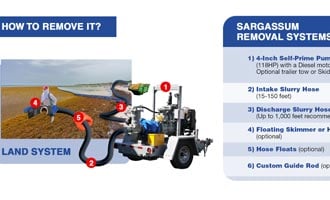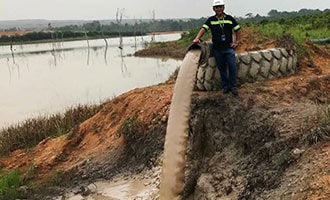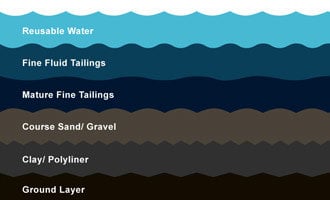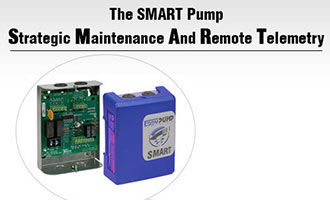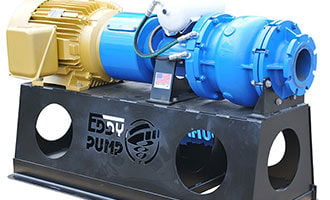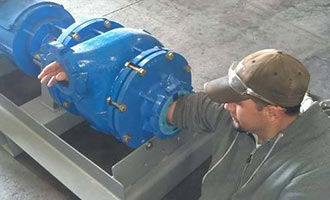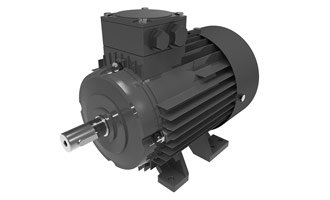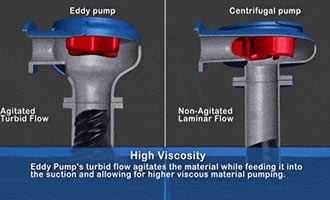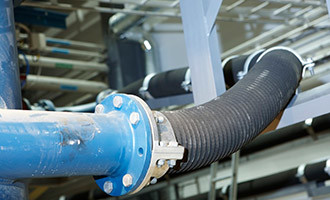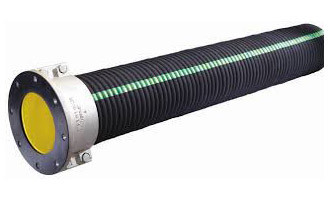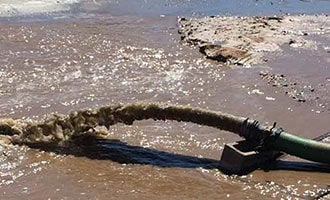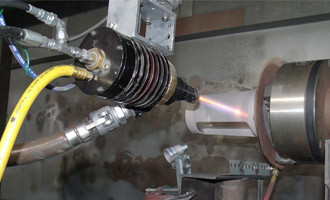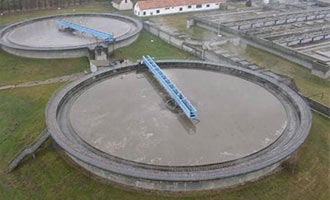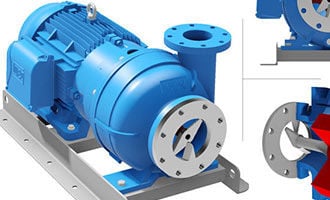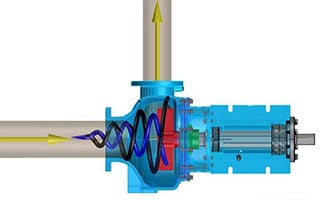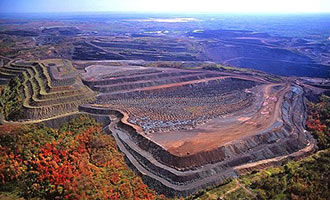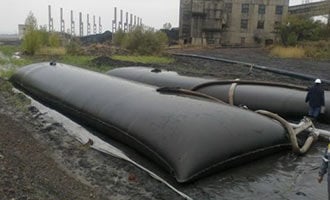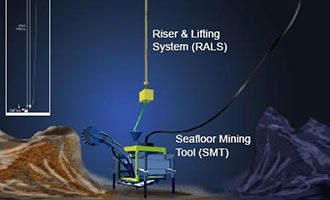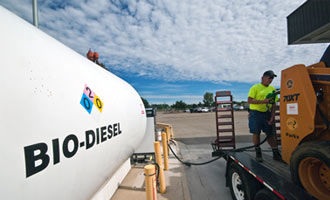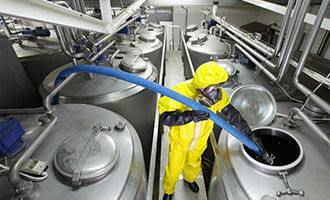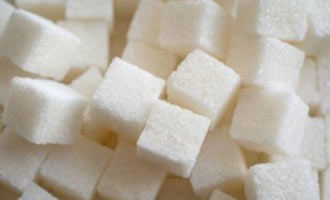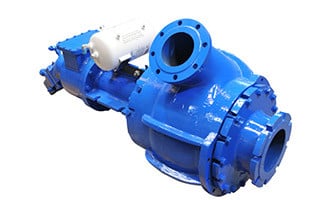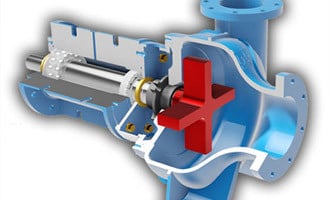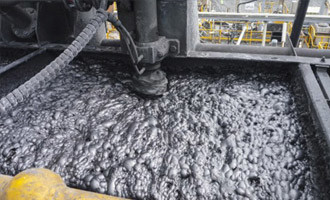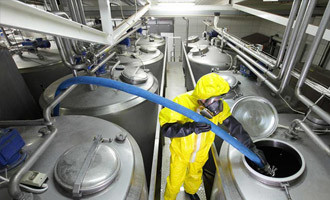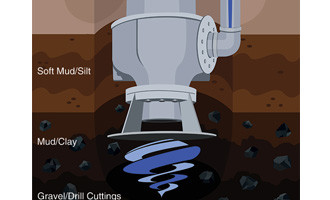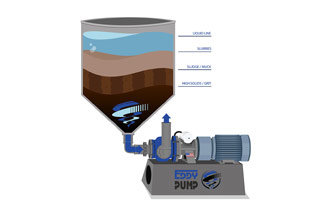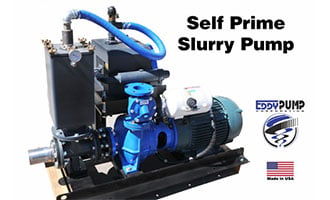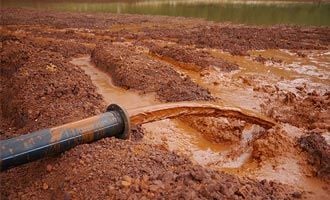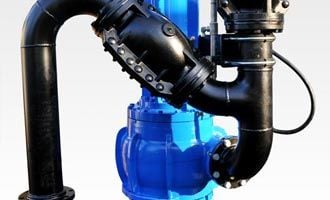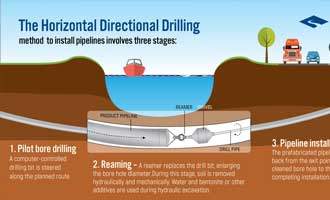Dredging From a Barge - Loading and Unloading With Slurry Pumps
The purpose of this article is to provide an understanding of how dredging can be conducted from the land by using an excavator or submersible dredge pump, or from the water by utilizing a barge or amphibious type of deployment. Browse Our Dredge EquipmentContact Us For a Fast QuoteThis Article Includes
- Barge Dredging vs. Land Dredging
- Equipment Considerations
- Advantages of EDDY Dredge Equipment
Barge Dredging vs Land Dredging
Dredging can be conducted from the land by using an excavator or submersible dredge pump, or from the water by utilizing a barge or amphibious type of deployment. Many times, it depends on the type of dredging that will be performed, which will generally determine what type of dredging equipment and deployment options that will be available.
Typically, when dredging, the discharged material, or material to be removed, will be pumped to a specified location like a holding pond or tank where it is then properly disposed of. Dredged material is often disposed into self-contained hoppers of the dredgers, in barges, pumping through pipelines, and using natural forces such as waves and currents. Sometimes, however, the material will be easier removed by barge, which can easily be accomplished when using barge-deployed EDDY Pump dredging equipment. This can be done with use of a hydraulic excavator dredge pump attachment.
The excavator dredge attachment is a hydraulic dredge that includes a high-powered EDDY Pump and cutterhead. Most hydraulic dredges have a cutting head to assist with dislodging compacted sediment, breaking it up, and feeding it into the suction of the pump. This dredged sediment, or ‘slurry’, is pumped through a flexible, floating pipeline to a floating barge, or directly to an on-land dewatering facility, where the sediment is allowed to settle out of the water. Barge-based dredging can refer to mounting the dredging equipment right onto the barge itself or pumping the material from land to a floating barge. Dredging directly from the barge allows for greater reach in certain situations that you may not be able to attain while dredging from land. In addition, dredging from a barge allows for the operator to discharge the material straight into the barge for easier transportation. This essentially eliminated the step of moving material to the barge for disposal purposes.
Hopper Barges
Hopper barges are the primary barge found in dredging projects and can vary in size, depending if dredging inland or ocean. Sea-worthy barges are usually larger and sturdier, while river barges are more lean to navigate narrow waterways and typically self-propelled. Hopper barges hold the dredged material, and transport the material to a designated area. where the dredged material is either pumped out of the barge by using hydraulic slurry pumps, or released through hydraulic doors on the barge. Large, sea-going barges frequently have no self-propulsion, thus requiring tugboats and towboats which are used to push and tow the barge from the dredging site to the disposal site. This method can be used to tow multiple barges at once, if enough power is available.

Derrick Barges
Derrick barges are flat bottomed barges with a shallow draught and carry heavy-lifting equipment like excavators and cranes. These excavators are often integrated into hull of the barge. They are used for lifting heavy equipment and mechanical dredging, assisting with various stages of the project. A derrick barges may come as an A-frame, where the whole barge has to be rotated to swivel the work arm, or it can have a crane mounted on a fixed station that swivels. Since derrick barges do not typically have a holding capacity, they are not seen as much in dredging operations.
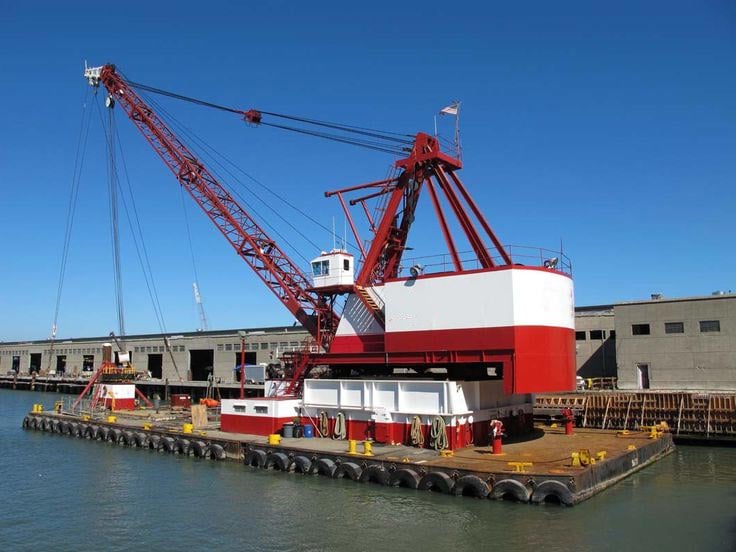
Equipment Considerations
Whether you opt to dredge from a barge or a stationary position along the coastline/shore, the job heavily depends on a few factors: A) equipment that will be used; and B) the type of dredging that will be executed; C) project budget. When determining whether to pump to land or a barge, first consider the equipment options available, as well as the terrain in which you will be dredging. For dredging jobs that concentrate in a section or singular location of a waterway, a submersible dredge pump and a slurry pipeline may be all you would need to satisfactorily complete the job with no issues. Instead of collecting the pumped material on a barge, the material is instead pumped to the land through pipelines until it reaches the on-land dewatering site where the slurry can settle out of the water and be trucked away. If dredging a larger or longer target area, it may make sense to deploy a floating barge to collect the dredged material. As you dredge your way downstream, the barge can accompany the dredging equipment rather easily, eliminating the need for longer pipelines and trucking out of material. You will, of course, need to factor in the costs of equipment and make sure they line up with the projected budget for the dredging operation. Some of the top equipment used in barge dredging include:
Excavator Dredge Pump Attachment
This state of the art dredging system is unique to the market and improves the process for high solids pumping while using the hydraulic power of your existing excavator. The EDDY Pump Excavator Attachment easily pins into your existing bucket linkage and is powered off of the excavators’ auxiliary hydraulics.
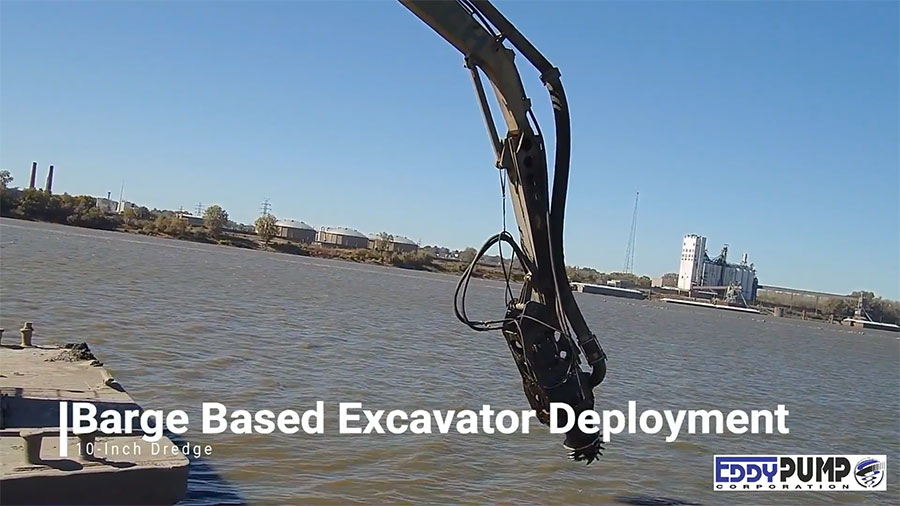
Cable-Deployed Dredge Pump w/ Water Jetting Ring
EDDY Pump’s submersible electric and hydraulic driven dredge pump, with water jetting ring agitator option, is a market leader in high solids pumping. Unlike other dredge pumps, the EDDY Pump design does not have an impeller, but instead a heavy duty geometrically designed rotor that creates a synchronized eddy current similar to a tornado.
The EDDY Pump Submersible dredge pump with water jetting ring can be attached by cable and suspended from a crane, excavator, floating barge with a-frame or other devices for optimal solids pumping. The high chrome EDDY Pump will outperform any pump on the market while not clogging like conventional pumps or having downtime associated with maintaining critical tolerances.
This cable deployed dredge pump setup can be fitted with any of our 4-inch through 12-inch pumps. Production measures at 100-450 cubic yards per hour of material, at distances over 2000-ft.
The water jetting ring can be configured in ways to break up the most consolidated material while feeding the EDDYPump.
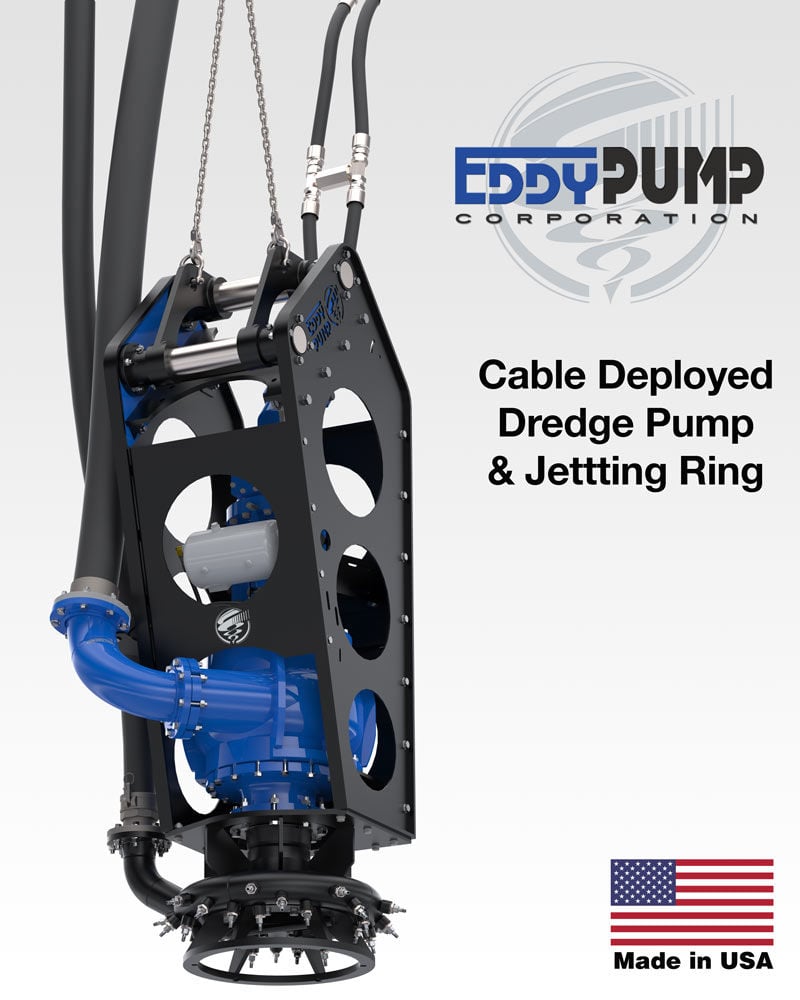
The EDDY Pump Corporation
The EDDY Pump Corporation is a leading provider of unique slurry and dredge pumps, and manufactures products that provide superior value versus other pump types. The pump is not a centrifugal, vortex, or positive displacement pump, but rather a pump harnessing the fluid dynamics of an eddy current. This enables the EDDY pump to outperform conventional pumps in applications that involve high viscosity, large weight of solids and particulates, high specific gravity, corrosive and abrasive material, work well in applications that are susceptible to clogging, and do it in an environmentally friendly manner.
EDDY Pump Product Categories
- Industrial Heavy-Duty Process Pumps
- Self Priming Pumps (Electric & Diesel)
- Dredging Equipment
If you are pumping slurry, brines, high solids, extremely viscous material, paste, high abrasives (sand & gravel), and material filled with solids, then you found the best-suited pump for the job. Go to: https://eddypump.com/ or Call Us!
Mining, Fly Ash, Coal Ash, Oil, Fracking, Gas, Wastewater, Pulp and Paper, Chemical, Energy, Water Municipalities, Irrigation, and Dredging Companies. For Access to Complete Product Line Go to: https://eddypump.com/products/
Order or Get Selection Help
Related Products
HD (Heavy Duty) Slurry Pumps
EDDY Pump vs. Centrifugal Pumps
How EDDY Dredge Pumps Work Vs. Centrifugal pumps. EDDY Pump technology explained. Learn more about EDDY Pump Technology.
Why EDDY Pumps Are Better - Highlights
This video shows how EDDY Pump transports high slurry and abrasive materials. Featured dredge pump equipment includes the Remote Operated Subdredge, Diver Operated Pump and a Excavator Attachment Dredge Pump.



